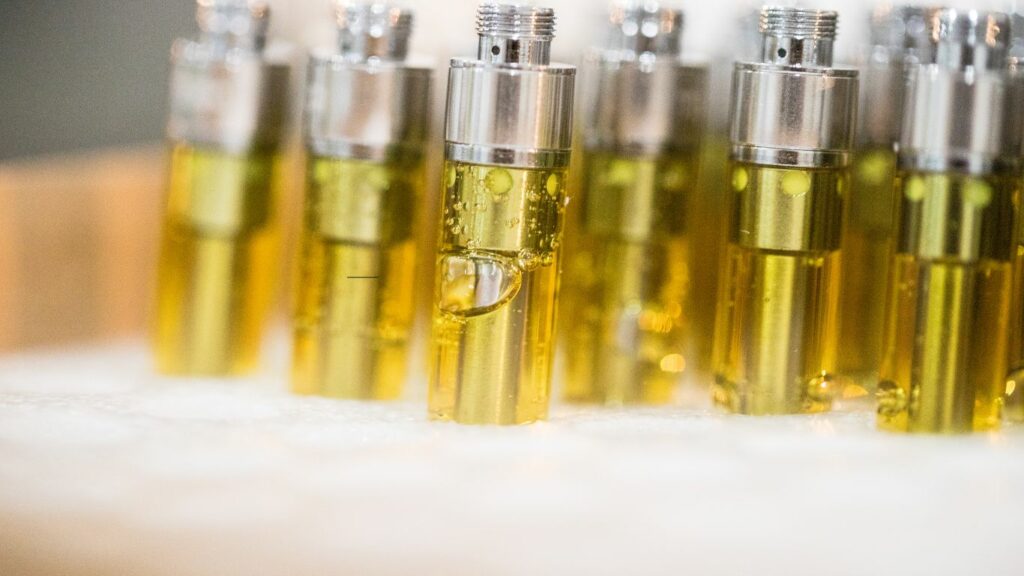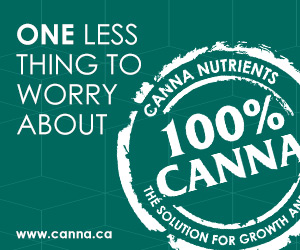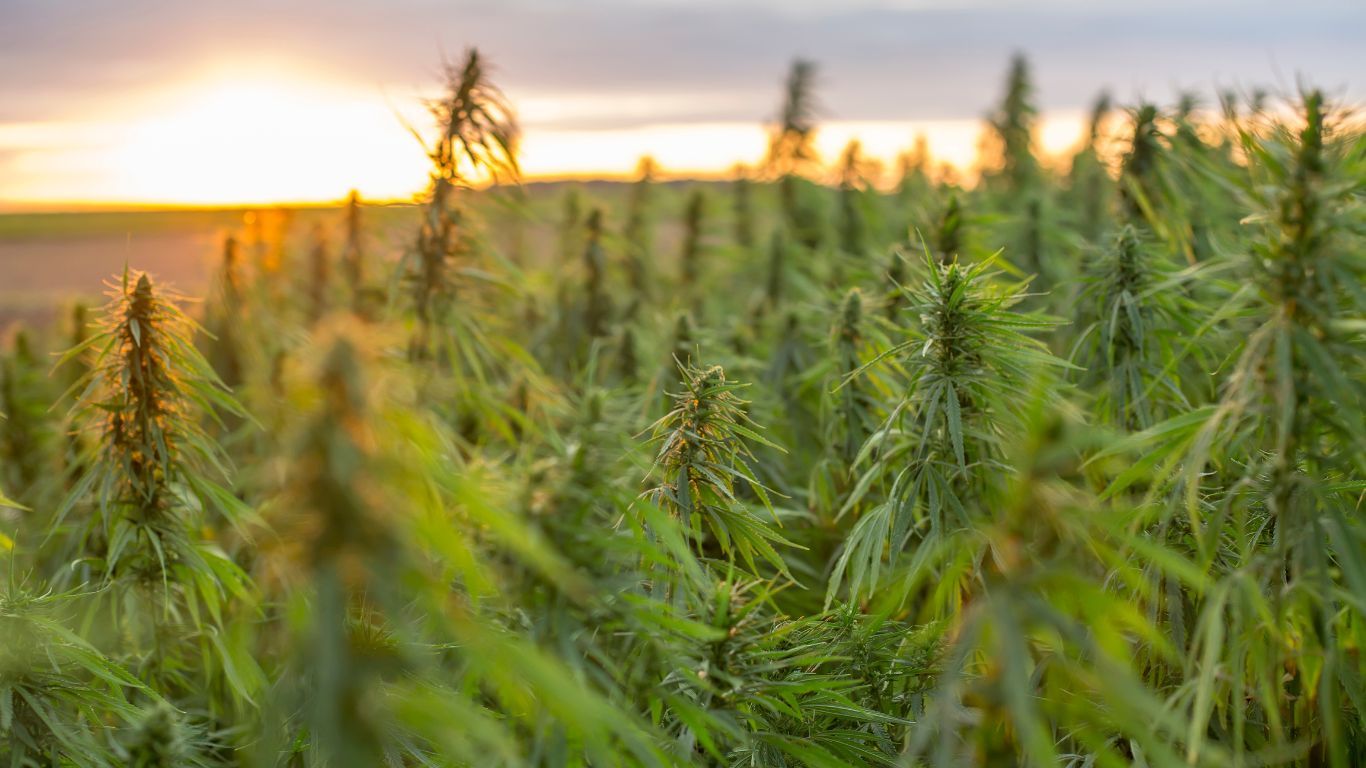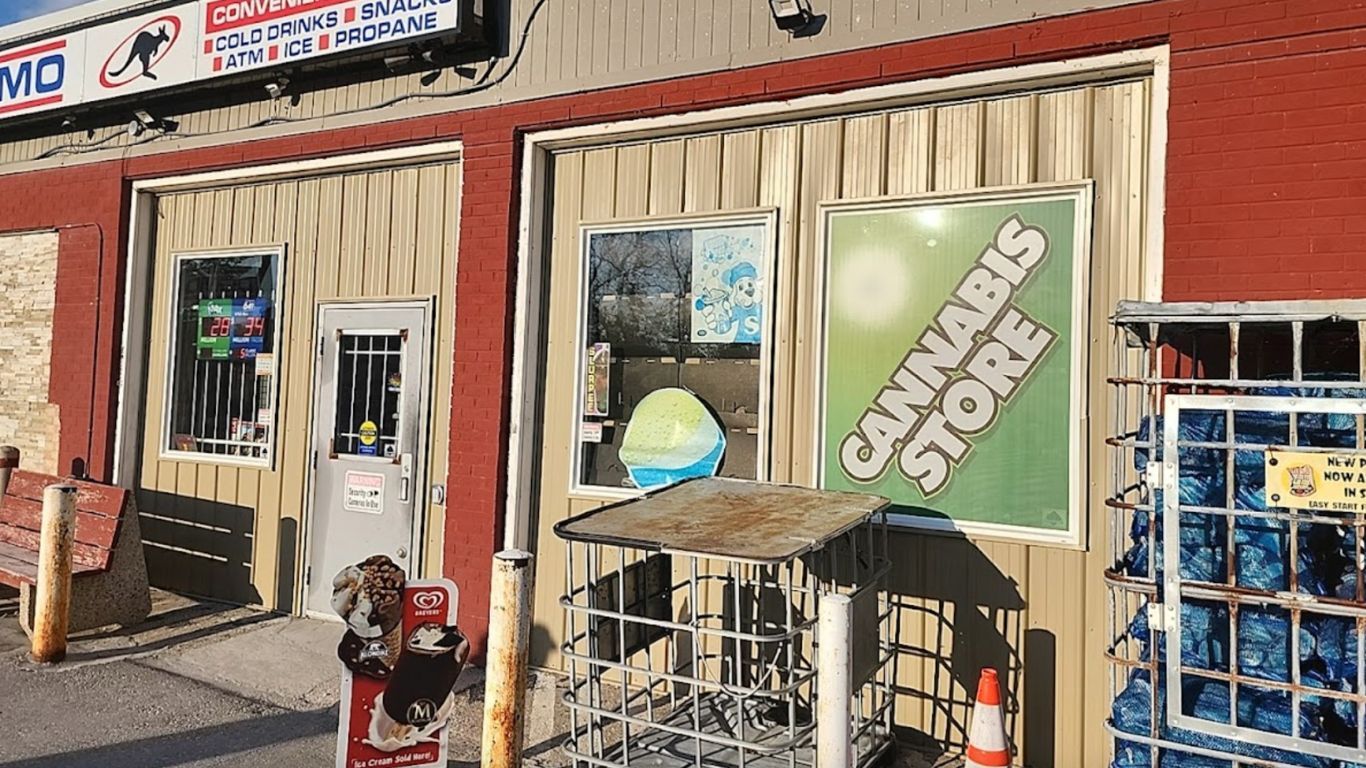
Consumers shopping for vape products in the Canadian cannabis market are now faced with a somewhat dizzying array of terminology, with more and more products being marketed using terms like full spectrum, broad spectrum, live resin, or live terpene.
The terms are being applied to products to distinguish them from more conventional distillate-based concentrates that tend to make up the budget segment of the extracts market. Products labelled as the former tend to command higher prices; provincial retailers like BC Cannabis Stores and OCS.ca even break “full spectrum” products out into their own, premium, product categories.
In general, explains Aaron Godin of Cryomass, a cannabis processing technology supplier, you can understand these as being two camps. On the one hand, there’s distillate, produced using fairly uniform production methods and which doesn’t depend as much on high-quality input material. On the other hand, there’s everything else, where more care and attention (and production costs) go into making full spectrum products.
“There’s a lot more art to those products,” he says, and the quality of the input material is important. “With distillate, you can start with bullshit.”
“The regulators don’t have a definition of what full spectrum means. Full spectrum can mean anything. I can make a distillate, and throw a full spectrum of terpenes in it. It means whatever the producer says it means. There’s no way to know—it’s not a regulated term.”
Aaron Godin, Cryomass
But while terms like full spectrum and live resin were originally meant to refer to real differences in production method and finished product, there’s a lack of agreement as to what these terms actually mean—and as a result very little oversight on the part of the regulator or the industry itself to ensure these terms are being used accurately.
Online, there has been energetic and spirited debate over the relative qualities of distillates and broad-spectrum products, including occasional skepticism regarding the truthfulness of full-spectrum labels. These arguments, says Ryan Roch of Lake City Cannabis, are “probably Reddit subjects”—that is, primarily discussed among experienced and educated cannabis users as opposed to broad consumer sentiment. But they are flagging off an important and fundamental question for any consumer market: how do you know can you trust what’s on the package? Is there any reason to lie?
Demand for full spectrum—and in particular, live resin—extract products has been growing as customer preference has become more discerning. Roch says that he sees roughly an 80/20 split, with 20 percent of customers asking for the full spectrum products.
Those who do ask, he says, are generally after live resin products. Customers are willing to pay more for, in particular, live resin concentrates. “I get an ask per week about live resin,” Roch says. “I constantly get asked if I’ve got live resin.”
“Live resins are definitely a higher-ticket item, and that’s great – we all like that, for sure.” He adds that they are also more niche products: “products that not every retailer is going to carry.”
Pricing data backs this up. We looked at one-gram vape carts sold through the OCS in late February and found a range of terms used to distinguish broad-spectrum products from conventional distillate products: full spectrum, live resin, live rosin, full terp, live terp, FSHTE (full spectrum, high-terpene extract) and so on.
These terms have real value to producers. Being able to put one of these names on your product means it can be sold for a steep premium. Of all the one-gram carts listed, distillate products retail for an average of $38.12. For anything with a broad spectrum-type name attached, the average retail price was $50.32—a 32 percent premium, along with other benefits, like having your product listed in the OCS’ full-spectrum category.
As demand shifts towards these products over time, however, the lack of clarity on what these terms actually mean may grow more worrisome from a consumer perspective. What, for instance, is the real difference between live resin and live terp when looking at products that look almost identical?
“Health Canada does not have definitions for these terms, nor is the department aware of a scientific or technical standard for this terminology,” says Tammy Jarbeau, spokesperson for Health Canada. “The Department also does not conduct any level of testing or product audits in this regard.”
The OCS, meanwhile, confirmed that it also does not conduct any verification for how terms are being used.
That, they say, is Health Canada’s work. “Licensed producers are required to adhere to regulatory requirements and are responsible for ensuring products are accurately labelled,” says OCS spokesperson Jessica Rochwerg. “Licensed Producers are regulated by the federal Cannabis Act and Regulations—please direct any questions regarding the federal framework to Health Canada.”
For a term that is increasingly being used as a marketing device, this creates the potential for problems related to industry oversight. Of full spectrum, says Thomas Fraleigh of Vivariant Laboratories, “it’s like ‘natural’ in the food industry”—it means whatever the producer thinks it means. Fraleigh adds that not only is nobody auditing the use of these terms, but there is no way to confirm them, either. “There’s no test for me to do” he says, echoing Health Canada’s belief that there is no way to scientifically verify something as ‘full spectrum’.
“The regulators don’t have a definition of what full spectrum means,” says Godin. “Full spectrum can mean anything. I can make a distillate, and throw a full spectrum of terpenes in it. It means whatever the producer says it means. There’s no way to know—it’s not a regulated term.”

This creates a clear incentive to label a product as full spectrum and yet, as Godin points out, “there’s no regulator, and there’s no definition of full spectrum within the regulations.” What there are, are huge grey areas: if someone produces a distillate product and then adds terpenes and flavonoids back into it, is that full spectrum? What about distillate that re-incorporates minor cannabinoids like CBN, or CBG?
Indeed, Health Canada confirmed to StratCann that they have received at least two complaints about products misusing the term, but declined to offer any further details (including whether the complaints were substantiated). Are producers intentionally passing off distillate as full spectrum, either by outright mislabelling or dressing up distillate production with the addition of after-the-fact terpenes?
“Probably,” says Godin. “Why wouldn’t there be?”
‘Is the Juice Worth the Squeeze?’
Roch, however, says that complaints about distillate are not common. If a customer does have a concert, it’s usually a blanket one about quality, not an accusation of mislabelling. While pricing and margins definitely benefit full-spectrum products in the aggregate, there’s still a lot of overlap. He says he gets far more questions about the tips on vape carts than he does about what’s actually inside.
“If I was a company today, one of the things I would absolutely include on my package is what tip this has,” he says. “Customers are like, ‘I want circle tips. I want flat tips. I want ceramic tips. I want plastic, I want metal tips.”
It is precisely because this question is hard, if not impossible, to answer definitively, that there is no smoking gun, which might cause worry. Vapes are one of the fastest-growing and most competitive market segments in cannabis, and nobody is really keeping tabs on what is in the products.
This dynamic certainly extends beyond vapes as well. Canadian cannabis products are subject to all sorts of regulations and protections, but these sorts of consumer protections aren’t really among them.
“There’s definitely a gap there,” Godin says. “An industry association could come up with some standards for what a full spectrum product could be, but I think that would have to be led by the industry.”
Consumer concerns have never risen high on Health Canada’s list of priorities. As long as a product is safe and made with regulated ingredients, it’s cleared for sale. What a producer calls it, how accurate categorical names for it are, or how they market it within the rules is none of their beeswax. And without a specific test or a clear definition of what full spectrum is, it, like so many consumer protection matters in Canadian cannabis, comes down to trust. Is that a problem? Maybe, maybe not, depending on how you feel about it.
Roch, though, questioned whether the effort to do so would be worth it. Do customers respond positively enough to these particular terms to make them worth policing? “This isn’t the only product out there where these types of things occur,” says Roch. “Is the juice worth the squeeze to have some sort of regulation on this? I think we’re too young in our standard of industry to even be there.”












